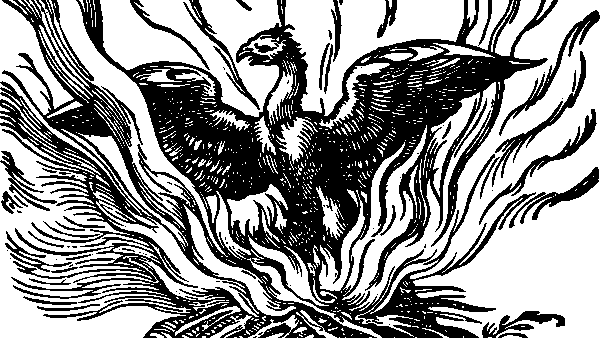 There are three separate stories in this book: one is the killing of Russian Jewish immigrant Lazarus Averbuch by the Chicago Chief of Police in 1908; another is the struggle of the narrator, Bosnian immigrant Brik, to adapt to life in contemporary Chicago; a third is the 1990s war in the former Yugoslavia, as told mostly by Brik’s friend Rora.
There are three separate stories in this book: one is the killing of Russian Jewish immigrant Lazarus Averbuch by the Chicago Chief of Police in 1908; another is the struggle of the narrator, Bosnian immigrant Brik, to adapt to life in contemporary Chicago; a third is the 1990s war in the former Yugoslavia, as told mostly by Brik’s friend Rora.
At first the different stories are told in separate chapters, but as the novel progresses they gradually merge, so that the narrative shifts abruptly between the different times and spaces. Even within each individual stories, there are frequent flashbacks to earlier events, such as the Kishinev pogrom of 1903, which Lazarus and his family lived through, or Brik’s early life in America.
It sounds confusing, but it wasn’t at all difficult to follow. Hemon is a skilled storyteller, and although the movements in time and space are abrupt, they feel natural. I think he’s captured very successfully the nature of memory. There is often a certain logic to the memories, but it’s not an obviously “rational” logic – it’s more subconscious, to do with shapes, smells, colours, etc. I was once walking past a carpet shop, and the smell of the chemical they’d used to clean the carpets gave me an incredibly powerful image of my childhood bedroom where I crawled around playing with cars. It was abrupt but made a certain sense.
I think that’s the kind of thing that Hemon is trying to achieve here, and he handles it very well. As the narrator, Brik, does more research into Lazarus’s story, he starts thinking about Lazarus more often, and the story in some way merges with his own. That matches my experience of working on a book – when it’s going well and you’re immersed in it, you think about it at the most unexpected times. So the abrupt shifts from a Moldovan car ride to Brik’s marriage to the Kishinev progrom felt natural to me.
There are quite a few parallels, too, between the different times and places. Names are repeated – Schuettler is both the Assistant Chief of the 1908 Chicago police and the contemporary source of Brik’s writing grant; Miller is a reporter in 1908 Chicago and also 1990s Sarajevo. In all three stories there is an ultimate lack of meaning or even truth – we never know for sure why Lazarus went to visit the Chief of Police or what was in the letter he was carrying; Rora is established from the beginning as a teller of far-fetched tale’s, so it’s impossible to know which of his stories of Sarajevo are true; Brik’s marriage is falling apart for reasons that are elusive.
Hemon repeats several times something like the phrase “She was like everybody else because there was nobody like her”, and I think the parallels between the stories are a way of showing that, although the individual is always different and the specific circumstances change, much about the human experience remains the same. The Lazarus story is clearly meant to tell us something about contemporary America – the hysteria about “Jewish anarchists” in 1908, the hysteria about “Muslim extremists/terrorists” a century later. Lazarus is also, of course, s Biblical symbol of resurrection, and I think Hemon is saying something here about how individuals’ stories are resurrected by groups within society and given a new, completely different life. The newspapers and politicians of the day made Lazarus into a demon; the anarchists made him into a martyr. Neither version was true. Yet throughout time we continue to do the same things (think of the “life after death” of Michael Jackson, for example, or Princess Diana, or JFK). I wonder if Hemon is also saying something about the “collective unconscious” – Jung’s idea that beyond our individual experiences, we also tap into a “reservoir of experiences” of humanity.
Hemon is one of those writers who leaves a lot unsaid, and also casts doubt on the veracity of much of what has been said. Perhaps that’s why, after 300 pages of engaging prose, the ending felt a little flat. In all three strands of the book, many things happened, but not much really changed. I suspect that’s the point, but still it felt a little disappointing. In Hemon’s book of short stories, “A Question of Bruno”, the open endings worked really well. In a novel, you invest so much more time and energy into the characters, and it’s disappointing when the book effectively just stops. It’s probably more true to life than a novel where everything is neatly wrapped up and all the loose ends tied, but I still felt that I wanted something more from the ending. That’s about my only complaint. Will definitely be reading his next book.


